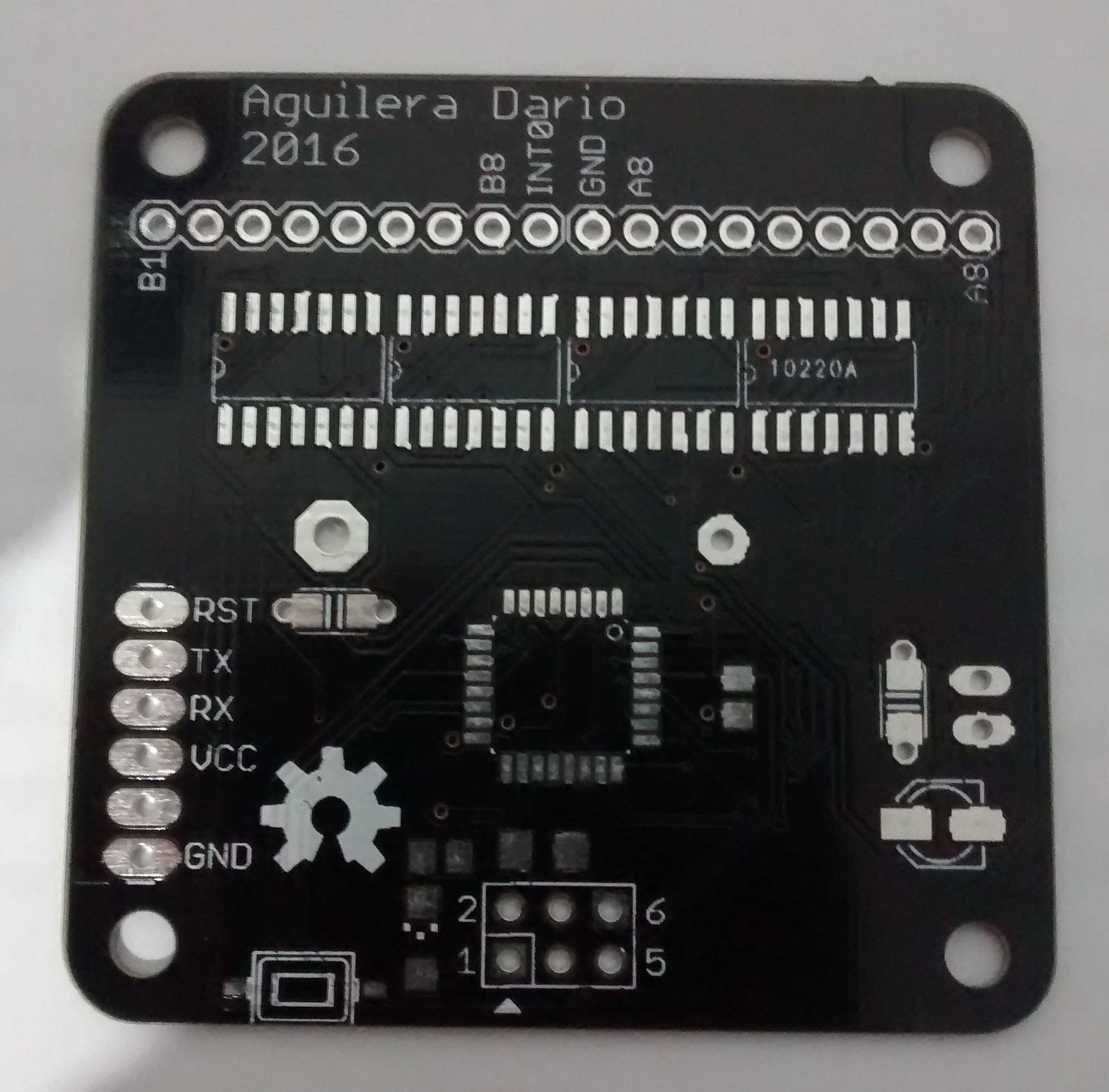I already have it working on a breadboard:
I'm waiting for the boards to be released from customs :-/
The total code size is given at the end of the compilation thanks to the cmake-arduino tool, and it's size is ~886bytes. That was double checked with avr-size tool.
Here is an screenshot of the tool:

In the video publish above you can see the power consumption of the while system. About 2uA@3v, and near 1uA on stand by. (Look at the multimeter scale).
The source code, including a detailed explanation of how and why I did what I did is in the bitbucket repository.
 Aguilera Dario
Aguilera Dario










 kelvinA
kelvinA

 lukasgdanietz
lukasgdanietz
 Bobby Feather
Bobby Feather
Calculators can aid students in learning, and understanding mathematical concepts and other financial calculations. Therefore, students using CIPD assignment UK to solve their writing issues by scoring top grades and using calculator functions to solve problems related to calculus and algebra.